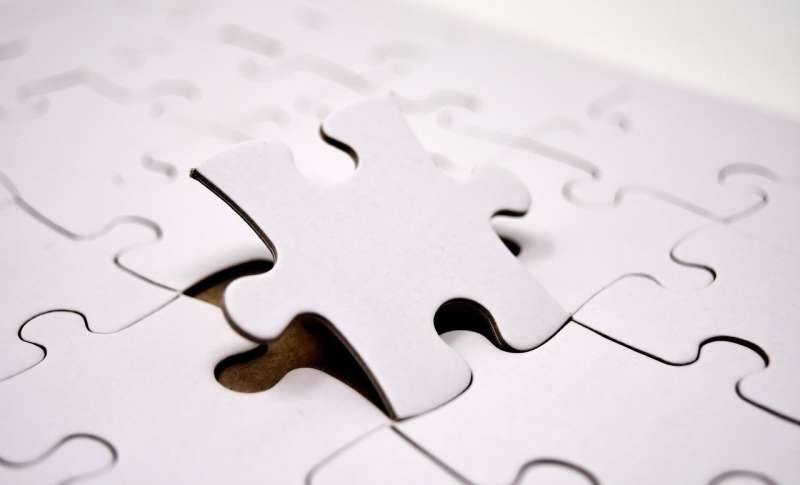The secret of autobiographical memory is in assembly of cells

Of all forms of memory, episodic memory is the most intimate. We recall the sequences of events that happen to us—a marriage, a visit to a foreign country, a personal achievement—in great autobiographical detail. But scientists have disagreed about the most important elements the brain uses to encode these episodes and consolidate them during sleep.
A group of Yale scientists, however, reports that it is the size and shape of neuronal assemblies—not the strength of signals processed by neurons or the order in which neurons fire —that are the most crucial elements in our ability to record past events.
"It is like a sketch that contains a lot of dots but has no ultimate form, but once you enlarge specific dots with a crayon then the pattern becomes clearer," said George Dragoi, assistant professor of psychiatry and neuroscience and senior author of the research published June 25 in the journal Neuron.
While living through an experience and during sleep, the neuronal activity of the brains of rats maps the experience onto connections between cell assemblies arranged in sequences. However, the sequence of those connections is less important in determining whether an episodic memory forms than are the changes in neuronal assemblies themselves, the researchers report.
More information: Usman Farooq et al. Strengthened Temporal Coordination within Pre-existing Sequential Cell Assemblies Supports Trajectory Replay, Neuron (2019). DOI: 10.1016/j.neuron.2019.05.040




















